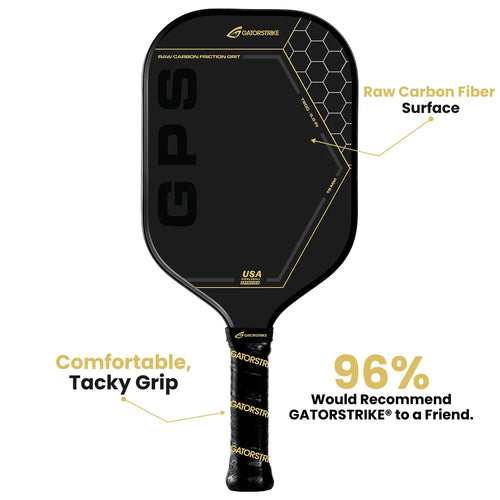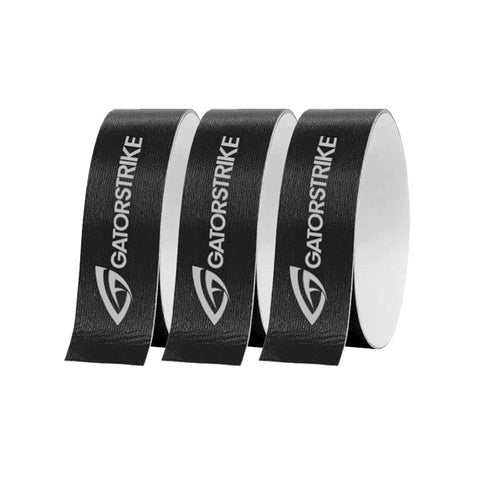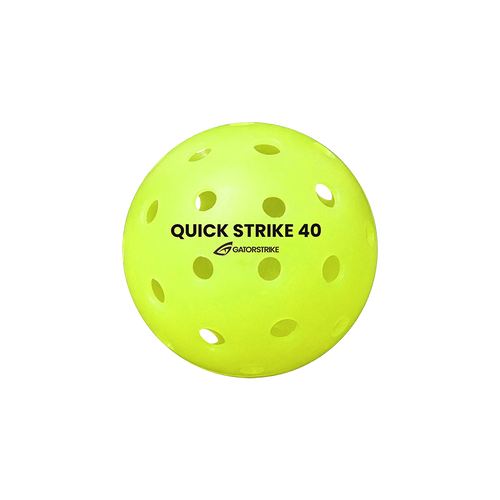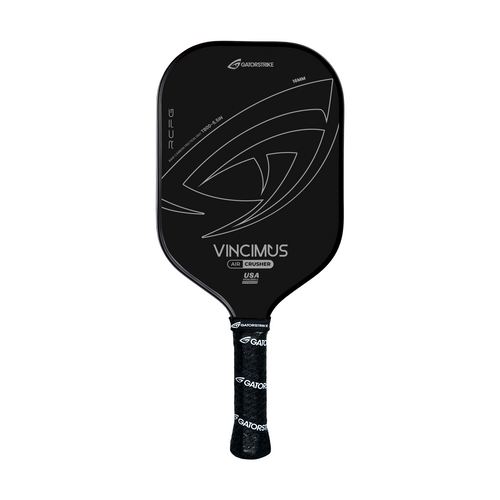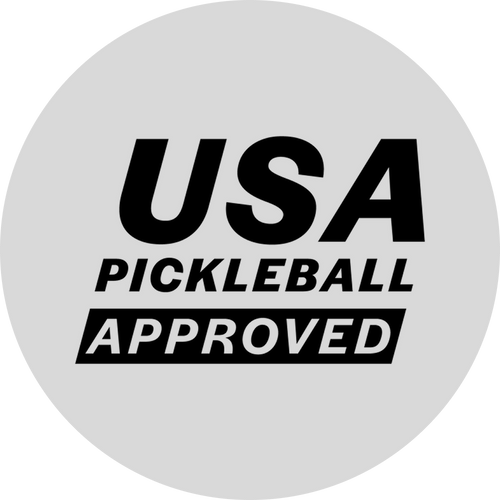
How to Organize a Pickleball Tournament: A Step-by-Step Guide
Share
Pickleball’s meteoric rise in popularity has made tournaments a staple in communities, clubs, and competitive circuits worldwide. Whether you’re planning a local charity event or a high-stakes championship, organizing a pickleball tournament requires meticulous planning, seamless execution, and a deep understanding of the sport’s dynamics.
This guide will walk you through every step of the process—from venue selection to prize distribution—ensuring your tournament is not only well-run but also an unforgettable experience for players and spectators alike.
Step 1: Define Your Tournament’s Purpose and Format
Before diving into logistics, clarify the vision for your event. Ask yourself:
- Is the tournament for charity, a club championship, or a professional-level competition?
- Will it be open to all skill levels or categorized by ratings (e.g., beginner, intermediate, advanced)?
- Will it be singles, doubles, or mixed doubles?
- Will you use a round-robin, double-elimination, or pool-play format?
Popular Tournament Formats:
- Single Elimination: Quick and simple but eliminates half the players after one loss.
- Double Elimination: Allows players a second chance, making it more balanced.
- Round Robin: Ensures every player gets multiple matches, ideal for club-level tournaments.
- Pool Play with Brackets: Players compete in small groups before advancing to a knockout stage.
Choosing the right format will dictate scheduling, court assignments, and overall player experience.
Step 2: Secure a Venue and Courts
Once your format is set, find a suitable venue that can accommodate your expected number of players. Consider the following factors:
- Number of Courts: Aim for at least one court per four players to prevent long wait times.
- Indoor vs. Outdoor: Weather considerations, especially for outdoor tournaments, are crucial.
- Spectator Space: Will you have bleachers or standing areas for fans?
- Amenities: Restrooms, shade, hydration stations, and parking should be available.
Book your venue well in advance, especially if it's a high-demand location. If hosting an outdoor event, have a contingency plan in case of inclement weather.
Step 3: Establish Rules and Regulations
Every tournament needs a clear set of rules to ensure fair play and consistency. Base your regulations on the official USA Pickleball Rulebook or other governing bodies.
Important Rules to Define:
- Scoring system (e.g., best of three games to 11 points, win by two).
- Faults and let rules.
- Line-calling procedures (self-refereed or official referees).
- Time limits for matches.
- Tiebreaker criteria.
Publish these rules on the event’s website or registration page to avoid confusion.
Step 4: Organize Registration and Fees
A streamlined registration process is essential for a well-organized tournament. Consider using online platforms like PickleballBrackets.com, PlayPickleball.com, or Eventbrite to handle sign-ups.
Key Registration Details:
- Entry Fees: Cover court rentals, equipment, officials, and prizes.
- Skill Levels & Age Divisions: Ensure fair competition by categorizing players appropriately.
- Waivers & Liability Forms: Protect yourself from legal concerns by requiring participants to sign waivers.
Set deadlines for registration and payment, and send confirmation emails with tournament details.
Step 5: Secure Equipment and Officials
No tournament is complete without proper equipment and personnel.
Essential Equipment:
- Tournament-grade pickleballs (indoor or outdoor depending on venue).
- High-quality nets and court markers.
- Scoreboards or digital tracking apps.
Officials & Volunteers:
- Referees: Consider having referees for high-level matches to ensure fair play.
- Line Judges: For larger events, trained line judges improve accuracy.
- Court Monitors: Help direct players, manage scheduling, and enforce rules.
Recruit volunteers to assist with scorekeeping, hydration stations, and general logistics.
Step 6: Create a Match Schedule and Bracket System
A well-structured schedule prevents delays and ensures a smooth flow of matches. Use software like PickleballTournaments.com to automate bracket generation.
Scheduling Tips:
- Allocate time for warm-ups before matches.
- Plan buffer time between rounds in case of overrun.
- Group matches logically to minimize downtime for players.
- Ensure an efficient system for announcing matches.
Publish the bracket online and provide printed copies at the venue.
Step 7: Promote the Tournament
A great tournament needs great attendance! Use multiple channels to spread the word:
- Social Media: Create a Facebook event, post on Instagram, and engage in pickleball forums.
- Local Clubs & Gyms: Distribute flyers and partner with pickleball communities.
- Email Marketing: Send regular updates to registered participants and potential players.
- Local Press & Influencers: Reach out to pickleball bloggers or sports journalists for coverage.
Engage with players before the tournament by sharing training tips, player spotlights, and countdown posts.
Step 8: Prepare for Tournament Day
The big day has arrived! Ensure everything is set up before the first match begins.
Tournament-Day Checklist:
✅ Registration desk with check-in materials.
✅ Courts assigned and labeled.
✅ Scorekeeping sheets or digital tracking system.
✅ Medical station with first aid supplies.
✅ Volunteer and referee briefings.
✅ Hydration stations with water and snacks.
Make sure there’s a central announcement area to keep players informed about upcoming matches.
Step 9: Awarding Winners and Closing Ceremony
End the tournament on a high note with an organized awards ceremony.
Prize Considerations:
- Trophies, medals, or plaques for winners.
- Cash prizes for competitive divisions.
- Sponsor giveaways (pickleball paddles, gear, apparel).
- Certificates of participation for all players.
Take photos and share highlights on social media to recognize outstanding performances and thank volunteers.
Step 10: Gather Feedback and Plan for Future Tournaments
After the event, request feedback from players, referees, and spectators.
- Send out post-event surveys to participants.
- Hold a debriefing meeting with organizers and volunteers.
- Identify areas for improvement (e.g., scheduling, facilities, officiating).
Apply these insights to make your next tournament even better!
Final Thoughts: Serving Up Success
Organizing a pickleball tournament is no small task, but with strategic planning and attention to detail, it can be an immensely rewarding experience. Whether you're hosting a friendly community event or a high-stakes competition, following this step-by-step guide will set you up for success.
So, grab your clipboard, rally your team, and get ready to create an unforgettable pickleball tournament—one that keeps players coming back for more!
